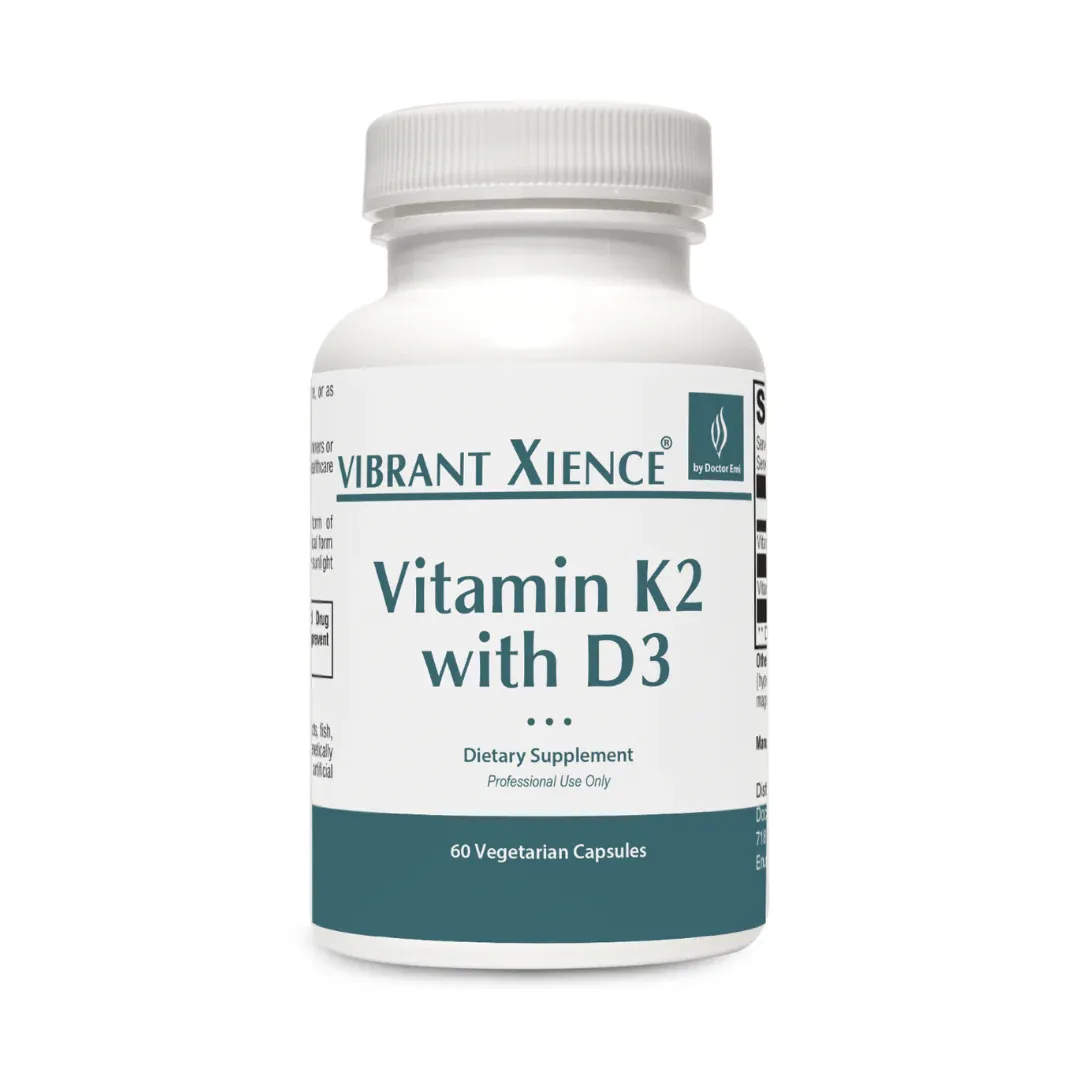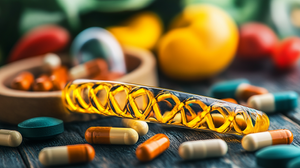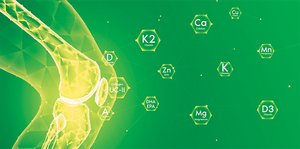Bone Health and Various Touted Elixirs
I’ve noticed different commercials touting various elixirs for bone health…you know the ones: people “of a certain age” looking “amazing,” (cue the dreamy background music) effortlessly prancing and dancing the light fantastic toe – usually in a beautiful faraway land to which you may have always wanted to travel. They’re well-dressed and are having a FABULOUS time without a care in the world (and most certainly not worrying about their bone health)…but then reality hits as you suddenly realize the droning voice underneath all the merriment is listing a seemingly endless litany of all the possible side effects of these elixirs: “upset stomach, heartburn, joint and muscle pain, atrial fibrillation, osteonecrosis of the jaw, deep vein thrombosis, light-headedness, fainting, pounding heartbeat, nausea, vomiting, constipation, diarrhea, increased urination, flushing of face/hands, loss of appetite, fracture of the peripheral skeleton (femur fracture)” and then, of course, there’s “’death,” albeit extremely rare. The entire commercial suddenly becomes grimly humorous – even to the point that a late night comedy show did a hilarious take-off on one years ago.
Poor Bone Health Is No Laughing Matter
Reality is that poor bone health is no laughing matter. There are many people of all ethnicities who develop osteoporosis (literally: porous bones), and thus, poor bone density, later in life. Poor bone density leaves people more apt to acquire fractures when falling or merely bumping into an object.
Our Bones Are Alive!
People sometimes forget that our bones or “Bone Matrix” (The intercellular substance of bone tissue consisting of collagen fibers, ground substance, and inorganic bone salts)1 is a living organism! If it weren’t so, our bones wouldn’t be able to heal (mend together) after they’ve been broken!
Because the bone matrix is actually living tissue made up of four different types of cells called: osteoblast, osteoclast, osteocyte and osteoprogenitor cells, it needs the proper nutrients to continue its life process – just as do any other cells in your body. The process of healthy bone life is ongoing within the bone matrix. There truly is a lot of activity happening there! All the cells have different jobs of building up, and resorbing (or breaking down) on an ongoing basis.
Here’s what’s constantly going on on the inside of a bone: the osteoprogenitor is a type of stem cell that is the beginning of the developing osteoblast; the osteoblast then develops the bone; the osteocyte is busy maintaining the bone; and the osteoclast is resorbing the bone.2 All of this activity requires a lot of nutrients!
What Happens to Our Bones as We Age?
Each person’s bone mass is determined by his/her genes and environment. Diet and exercise definitely play a role. At approximately age 34, the rate of bone resorption or “breaking down” begins to overtake the bone developing or “building-up” process which then leads to a loss of bone mass as we grow older.3
The skeleton is the framework that holds our body upright against the force of gravity – much like the framework of a building. Our spine has small, natural curves in it which allow the spine to act as a subtle shock absorber as we walk and move. When the framework begins to fail from osteoporosis, the natural curves in the spine become exaggerated which leads to a head-forward position and a pronounced hump in the thoracic back area creating an age-related “kyphosis” (Dowager’s Hump),4 and a sway in the lower back area, creating an exaggerated “lordosis.”5
The surrounding tissue in the body then attempts to prevent the exaggerated curves and begins a natural splinting process around the spine. As the body does this natural splinting, it begins to prevent the natural movement of the spine thus resulting in the reduced ability of the spine to act as a shock absorber. People often say they’re “shrinking,” and in fact, they are, because of the compression of the spine and exaggerated curves.
Which Foods Have the Nutrients Necessary For Healthy Bones?
The constant re-building and resorbing activity that takes place in the bone matrix requires a combination of nutrients in order to continue properly – and to basically ensure that more “building up” is going on, than “breaking down.” The environment (milieu) inside the bone matrix (which is the ultimate determinant of bone health) needs proper nutrients in order to keep the correct balance of cellular activity which results in good, healthy bone density.
There Is a Wide Variety of Foods Containing Nutrients Necessary for Bone Health
- Calcium: Dairy products such as milk, yogurt and cheese Not an option for vegans. Many people are unable to consume dairy products for various reasons. Even though dairy is an easily available calcium source in American culture, there are health concerns about consuming dairy products.6,7 There are studies suggesting that too much calcium without vitamin K2 can be problematic.8 Also, there is evidence to suggest that too much dairy may not be the best choice for certain populations.9
- Calcium: Canned sardines and salmon (with bones) Not an option for vegans.
- Calcium: Collard greens, turnip greens, kale, okra, Chinese cabbage, dandelion greens, mustard greens and broccoli
- Potassium: Tomato products, raisins, potatoes, spinach, sweet potatoes, papaya, oranges, orange juice, bananas, plantains and prunes
- Magnesium: Spinach, beet greens, okra, tomato products, artichokes, plantains, potatoes, sweet potatoes, collard greens and raisins
- Vitamin C: Red peppers, green peppers, oranges, grapefruits, broccoli, strawberries, Brussels sprouts, papaya and pineapples
- Vitamin D: Fatty varieties of fish such as salmon, mackerel, tuna and sardines (not an option for vegans) and sunshine
- Vitamin K1: Dark green leafy vegetables such as kale, collard greens, spinach, mustard greens, turnip greens and Brussels sprouts10
- Vitamin K2: Liver, meat, egg yolks, high-fat dairy (not an option for vegans), and natto (a traditional Japanese food made from fermented soy beans)11,12
Are You Actually Eating These Types of Foods?
Be brutally honest with yourself. Are you actually eating regularly from all the food groups listed above? Are you able to do so? There are a lot of reasons many people don’t eat at least some of the foods: being a vegan, simply not having time, not being able to get them, having a severe dislike of a lot of the foods, or being allergic to some of them.
Vitamin D Is Imperative for Bone Health–Are You Getting Enough?
Vitamin D is critical for bone health.13 Are you getting enough vitamin D? I do know a few people who LOVE sardines, but truthfully, sardine lovers seem to be a rather small group! There are many, many people who do not eat fatty fish (salmon, mackerel, tuna and sardines) regularly. For many, tuna is the only fish in this list they like (or have access to), but too much tuna is not a good idea, especially if pregnant.14 The other way to get vitamin D is from sunshine. Thankfully, it is becoming common knowledge that many people in the pacific northwest of the United States are not getting the necessary amount of vitamin D from sunshine!15 Also, if you are in a sunny area but are spending the majority of your time indoors, there’s a good chance you’re not getting enough vitamin D (unless you are a regular fatty fish eater). There are also people prone to skin cancer who are only able to spend a minimal amount of time in the sun. Vitamin D production is a complex process dependent on many things: the latitude in which you live, the amount of air pollution where you live, the color of your skin, your skin’s temperature, your weight, your age, and the health of your gut, liver and kidneys, among other things.16
The Importance of Vitamin K2 in Bone Health
Vitamin K2 helps your body to utilize calcium properly and protects against getting too much calcium in the wrong places, i.e. the walls of your blood vessels–thereby helping to protect against coronary artery disease.17 You can think of vitamin K2 as a sort of traffic cop that directs the calcium into bones, where it belongs. In vitro studies show that vitamin K2 is extremely essential (more so that K1) in bone formation and in bone loss reduction; it is a critical vitamin in the intervention of osteoporosis.18 Are you getting enough vitamin K2? It has been suggested that a deficiency in vitamin K2 may be a factor in osteoporosis, diabetes, cancer, inflammatory and cardiovascular diseases.19
Consider Dietary Supplementation: a Combination of Vitamin K2 with D3
Dietary supplementation is coming to the fore in battling bone loss. A decreased rate of hip fractures has been reported among elderly women using daily vitamin D3 supplementation.20 Vitamin K2 supplementation has been shown to improve bone strength in postmenopausal women.21 It has been suggested that continuous therapy of a combination of vitamin K2 and D3 works synergistically to protect, and even increase, vertebral bone mass in post menopausal women.22 Women with postmenopausal osteoporosis may benefit from a combination therapy of vitamin K2 with D3 as it generally helps bone mineral density (BMD) and, more specifically, improves the bone mineral content (BMC) of the femoral neck (neck of the femur bone – the most likely part to fracture during a fall).23
Doctor Emi carries an excellent bone health supplement which contains both the vitamins discussed above, called: Vitamin K2 with D3 (available now through this site)! Vitamin K2 with D3 supports bone health by promoting carboxylation (the key chemical step in which carbon dioxide is ‘fixed’ or condensed with an existing organic molecule)24 of bone proteins, supports heart health by helping to keep calcium out of the arteries and in the bones, and also supports healthy blood clotting. Doctor Emi’s Vitamin K2 with D3 provides vitamin K2 as menaquinone-7 (MK-7), a highly bioavailable (absorbable) and bioactive (biologically effective) form of K2.
Please remember to consult your physician before starting this, or any other dietary supplement. Dietary supplements can interact with prescription medications and with other dietary supplements.
The Doctor Emi Team





